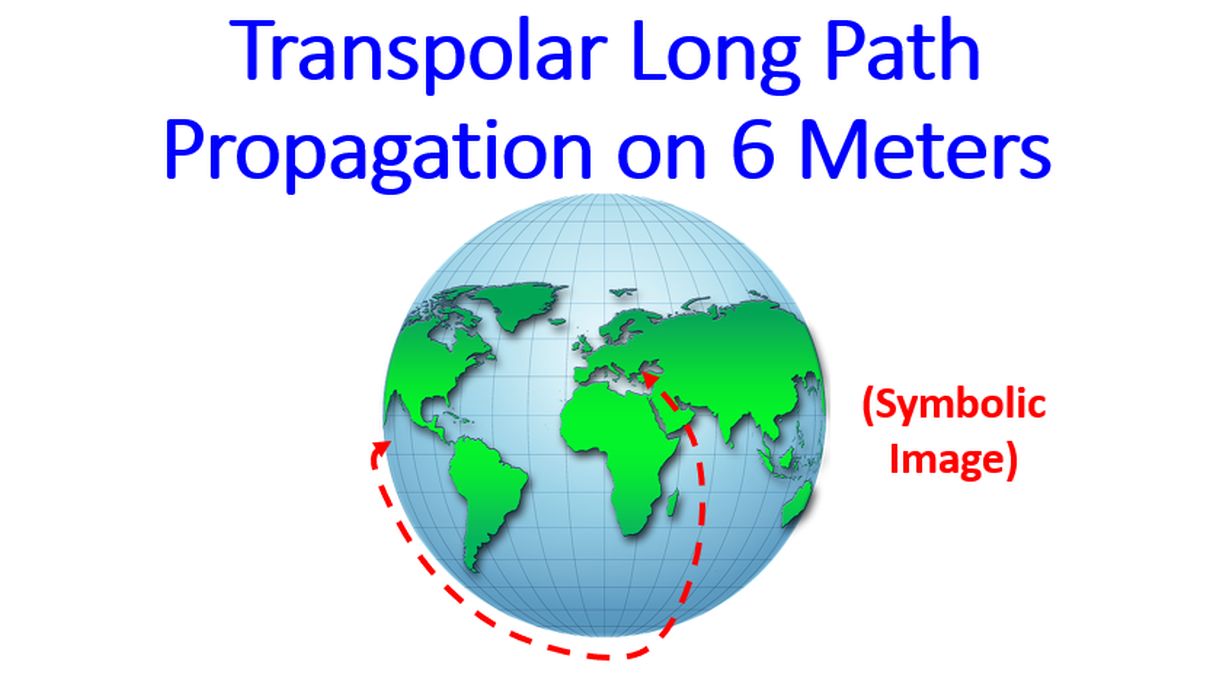Transpolar Long Path Propagation on 6 Meters
Transpolar Long Path Propagation on 6 Meters
Earlier, I had posted about Transequatorial Propagation on 6 meters or 50 MHz amateur radio band. Six meters is usually called the “Magic Band” because of such unusual long distance propagations and sometimes the “Tragic Band” as at other times the band is virtually inactive. Few days back, a post on Twitter was mentioning that a ham in Hawaii could contact several hams in Europe, by the Transpolar Long Path over Antartica. This kindled my curiosity to learn more about Transpolar Long Path Propagation on 6 meters. The propagation is noted when amateur radio operators beaming over the polar regions are able to contact their counterparts on the long path over the polar region, instead of the short path over the equatorial region. Often this leads to long path propagation on 6 meters which could cover almost three fourths the circumference of the Earth!

Transpolar long path propagation on six meters typically occurs near the solar cycle maximum. Often the contacts occur within an hour or two midnight on the night side and within an hour or two of 11 am on the day side. Though usually signal strengths are weak, requiring more power output, occasionally they can also be strong. The station from Hawaii which reported transpolar long path contacts to Europe last week was using only 100 Watts on 6 meter and a modest three element beam antenna, which was kept on a tripod on the ground. It is better to some parts of the world like in Europe, the so called “Olive Belt” (Courtesy, my Twitter contact SP3RNZ). There seems to be a link between transequatorial propagation and transpolar propagation in that both have equinox seasonal effect, mainly in March and October and the report I mentioned is in October! Usually stations at both ends of the transpolar long path propagation are in the transequatorial propagation zone as well.